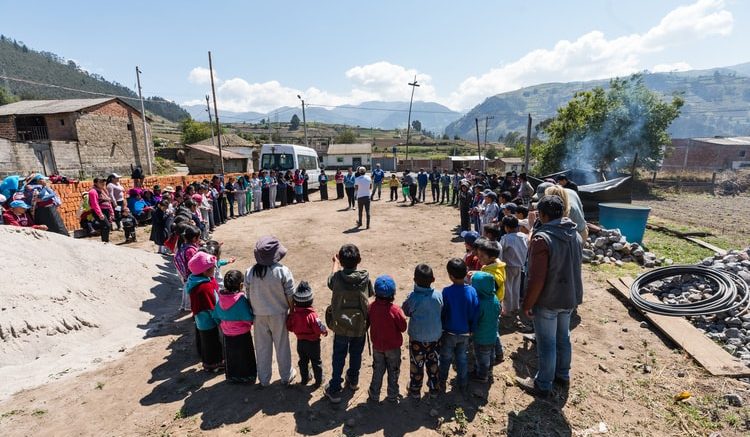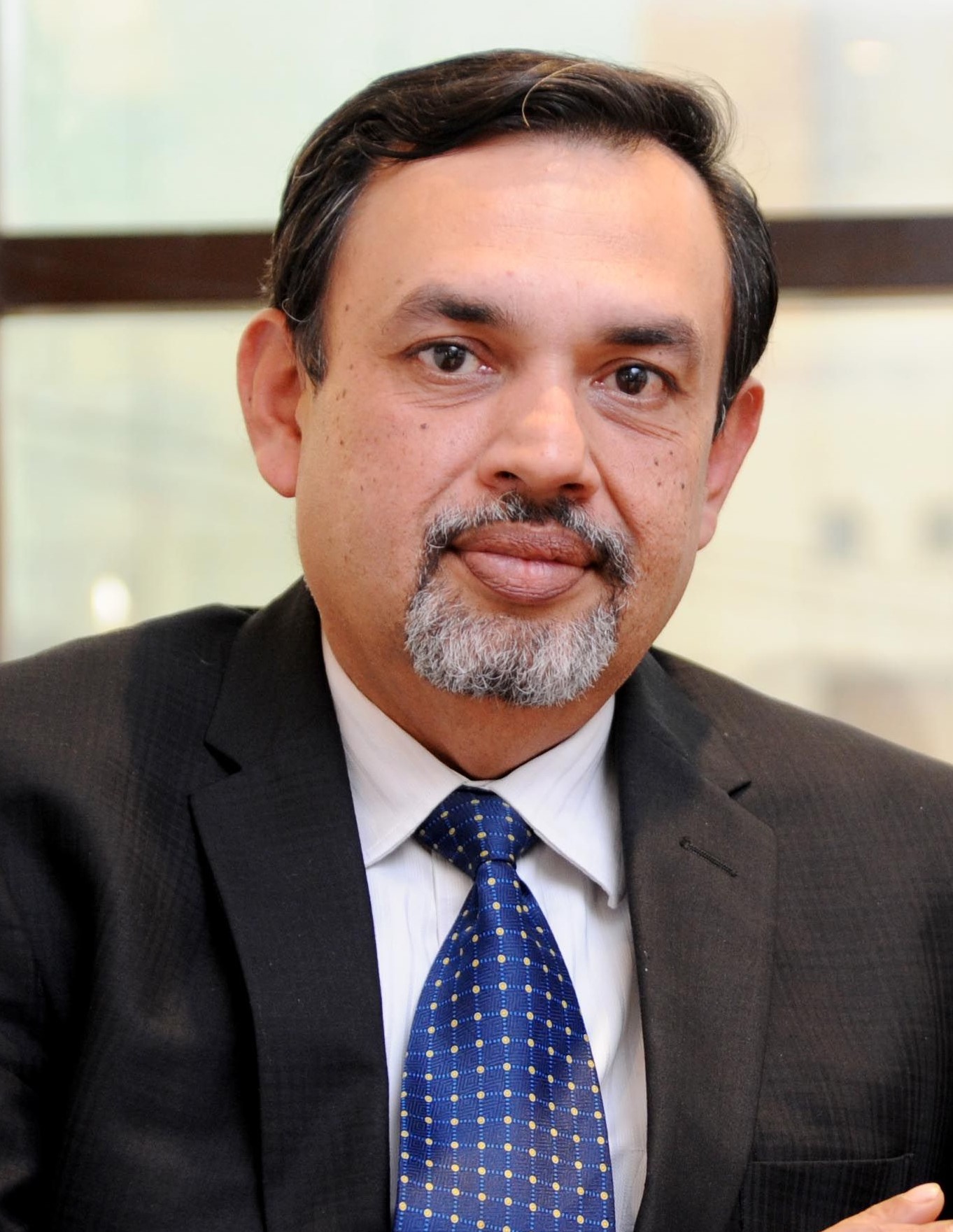I have said this before and will say it again…your stories are best told not by you but those who have been/will be impacted by your actions…especially if you are in the business of bringing about social change. Else, be prepared for little or no impact!
All around us, there are examples of video storytelling by major corporations. YouTube channels and digital assets are platforms where everyone is talking about their achievements in sustainability and CSR initiatives. Skilfully put together, these 2-3-minute capsules make for highly engrossing viewing. But are they all effective in being heard, remembered and acted upon as strategic storytelling must be?
Results from effective storytelling can heavily depend on how well one has researched the audiences. At a bare minimum, it includes those for whom it is being crafted and those who will tell your story.
The need for deep-dive research
The first set of audiences are often well mapped by organisations when messages and stories are being planned for resonance and relevance. They are usually tagged as the ‘decision makers’ and ‘policy influencers’.
The second set of audiences are the communities or the beneficiaries who have been touched by an organisation’s work on a social or development agenda. If they talk about how their lives have been touched, your story will ring true…make sure it’s more candid than ‘scripts’ care to consider.
For all practical purposes, researching this second set of audiences for insights is far more time consuming and a ground-level participatory process. It is easy for storytellers to see & interpret their audiences through educational, cultural and even regional/geographical prisms, in a country as large and diverse as India.
The real possibility of missing the point
Consequently, it is easy to make a few generalisations that can result in storytelling that lacks authenticity, leading to indifferent audience participation. Vignettes and voice-overs can present a sanitized narrative but often fails to ring true, consequently missing the primary objective of being ‘heard’ and acted upon by their primary audiences
For instance, a piece of communication to encourage handwashing may end up overlooking the paucity or access to clean water in urban slums or in rural settings. What might be important here is to focus not just on the merits/need of handwashing but perhaps on methods of accessing a bit of clean water before a meal at their place of work or home, when every drop of water is scarce and precious
Start with “Story-Listening”
What I am getting at, is really about ensuring that your stories are told by those communities you choose to work with. The ‘change-agents’ chosen from those communities must first tell their stories and then be converted to become your message bearers. This concept is not new but most find it hard to implement as it means deep-dive field level work, much more time and a few innovative tools to ensure your social communications actually originates from those who are meant to benefit from your initiative.
Three tools for transformational storytelling
- Participatory film making: Think ‘community journalism!’ Teach and empower community members to record videos on their phones about a particular issue you are dealing with. Let them ask the questions and also get the answers from their own milieu by showing the world around them and eventually throw up a workable and sustainable solution.
- Community theatre: We all talk about street theatre. There are several groups that are working on the ground too. Ever thought about using community members to be the dramatis personae? Can they be active contributors to the script? This ensures that the most authentic stories make for a short play that is likely to resonate well, when rendered by the community actors

Picture storytelling: All you need is are a few dedicated young art school prodigies. Community members talk/familiarise them to their present conditions, their ideas for changing it and a future they aspire to transform into. Thus painted, these ideas are shared in small community gatherings by their “owners” to trigger conversation and engagement
It is no rocket science to figure out that storytelling is a key mover of social change. But it needs participation of those who you seek to change for sustainable and lasting impact. And that needs innovative ways and on-ground experienced partners to achieve the desired results.
The views and opinions published here belong to the author and do not necessarily reflect the views and opinions of the publisher.



Be the first to comment on "Why nothing happens – Storytelling must be participatory to trigger & sustain social change"